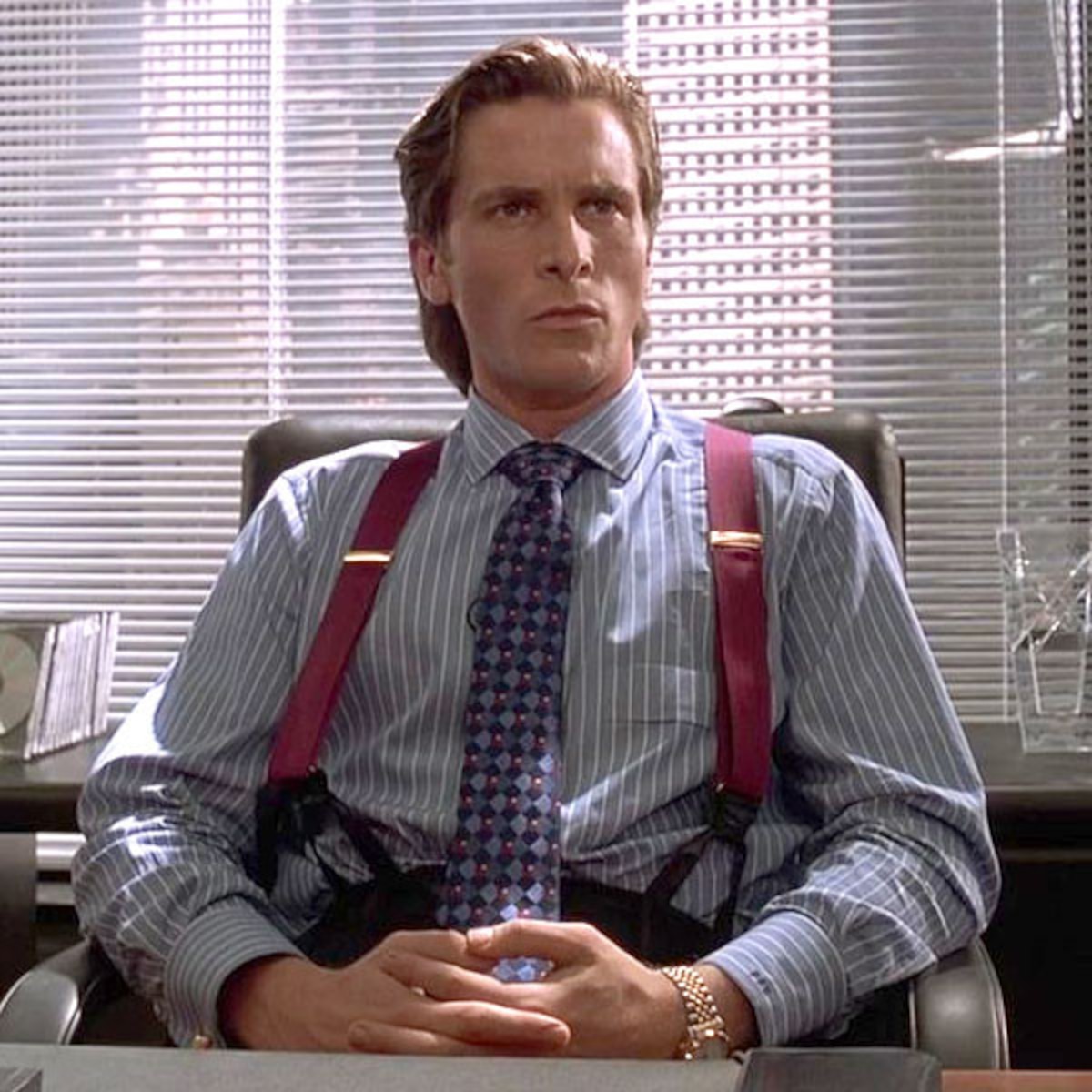Is it possible for a single face to encapsulate the entirety of modern societal anxieties and the chilling potential lurking beneath a veneer of pristine perfection? The enduring fascination with the "Patrick Bateman face" suggests it absolutely can, serving as a potent symbol of duality, superficiality, and the dark undercurrents of the American Dream.
Patrick Bateman, the protagonist of Bret Easton Ellis's controversial novel "American Psycho" and its subsequent film adaptation, has become a cultural touchstone. More than just a Wall Street banker with homicidal tendencies, Bateman embodies a profound critique of late 20th-century consumerism, hyper-masculinity, and the erosion of genuine human connection. At the heart of this unsettling portrayal lies the meticulous construction of his outward image: the perfectly sculpted hair, the flawlessly tailored suits, the relentless pursuit of physical perfection. This obsession with appearance isn't merely vanity; it's a carefully crafted mask designed to conceal the moral void within.
| Patrick Bateman: Fictional Character Profile | |
|---|---|
| Full Name | Patrick Bateman |
| Occupation | Vice President, Mergers and Acquisitions at Pierce & Pierce (fictional Wall Street firm) |
| Age | 27 (in the novel) |
| Apparent Personality | Charming, sophisticated, impeccably groomed, materialistic |
| Hidden Personality | Psychopathic, narcissistic, violent, delusional |
| Origin | American Psycho, novel by Bret Easton Ellis (1991) |
| Portrayed by | Christian Bale (in the 2000 film adaptation) |
| Key Characteristics | Obsessive attention to detail regarding appearance, designer clothing, high-end restaurants, and status symbols; struggles with identity and distinguishing himself from his peers; prone to violent fantasies and acts. |
| Themes | Critique of 1980s yuppie culture, consumerism, superficiality, the emptiness of materialism, the crisis of masculinity, the unreliable narrator, the blurring of reality and fantasy. |
| Reference | Patrick Bateman Wiki |


